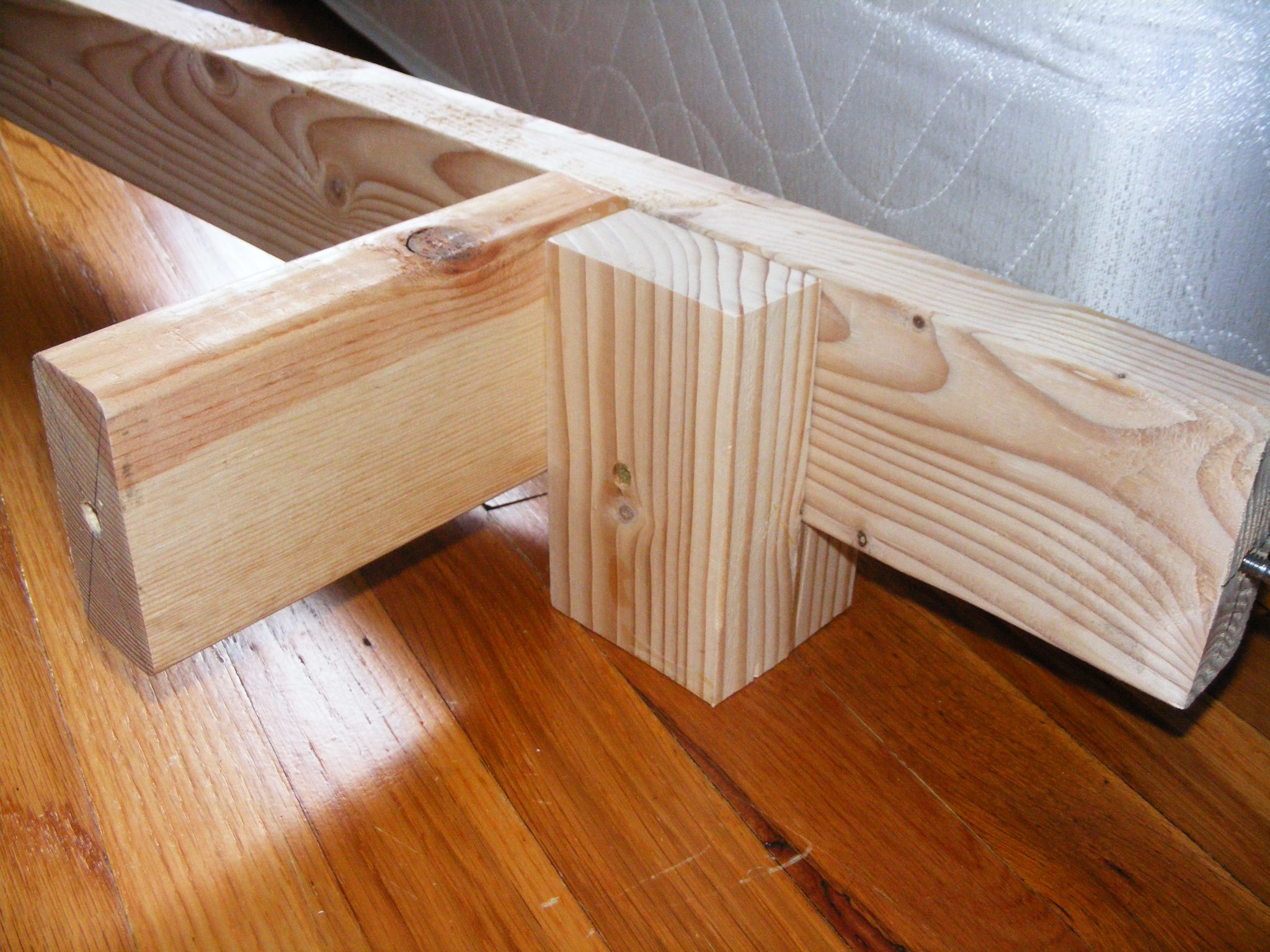As you may recall from a previous post, I have a variety of keyboard/synthesizer/music stuff that I enjoy playing with. One glaring deficiency in my setup is my lack of enough table space to easily work with everything, and I've been intending to build some sort of shelf for my keyboard stand for a while now.
Last night I happened to look in my garage and noticed that all the materials I needed were sitting right there waiting for me (leftovers from previous projects). For this simple shelf I cut some plywood and some 2x2's down to size, attached the 2x2's to the bottom of the plywood, and sanded everything a little bit to take the majority of splinters off.
Behold, the result!
I'm going to give this a try for a while to see if it's a good size/plan - assuming it is I'd like to put some kind of veneer over the surface to make it look nicer and add a small lip to the front edge to keep things from sliding off.
This shelf is 35" wide by 18" deep, which comfortably fits my Arturia MiniBrute SE next to the Alesis ControlPAD midi controller:
It also (just barely) fits my Korg MS-20 mini and the MiniBrute side-by-side:
Please forgive the poor quality of the photos; I took these when I popped home over my lunch break so I didn't have time to move the things to better lighting or get out a better camera.
Anyway, I'm really happy with the results, especially given that I was starting with scrap materials. I hope my synths' newfound accessibility encourages me to use them more :)




















